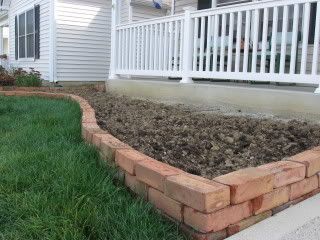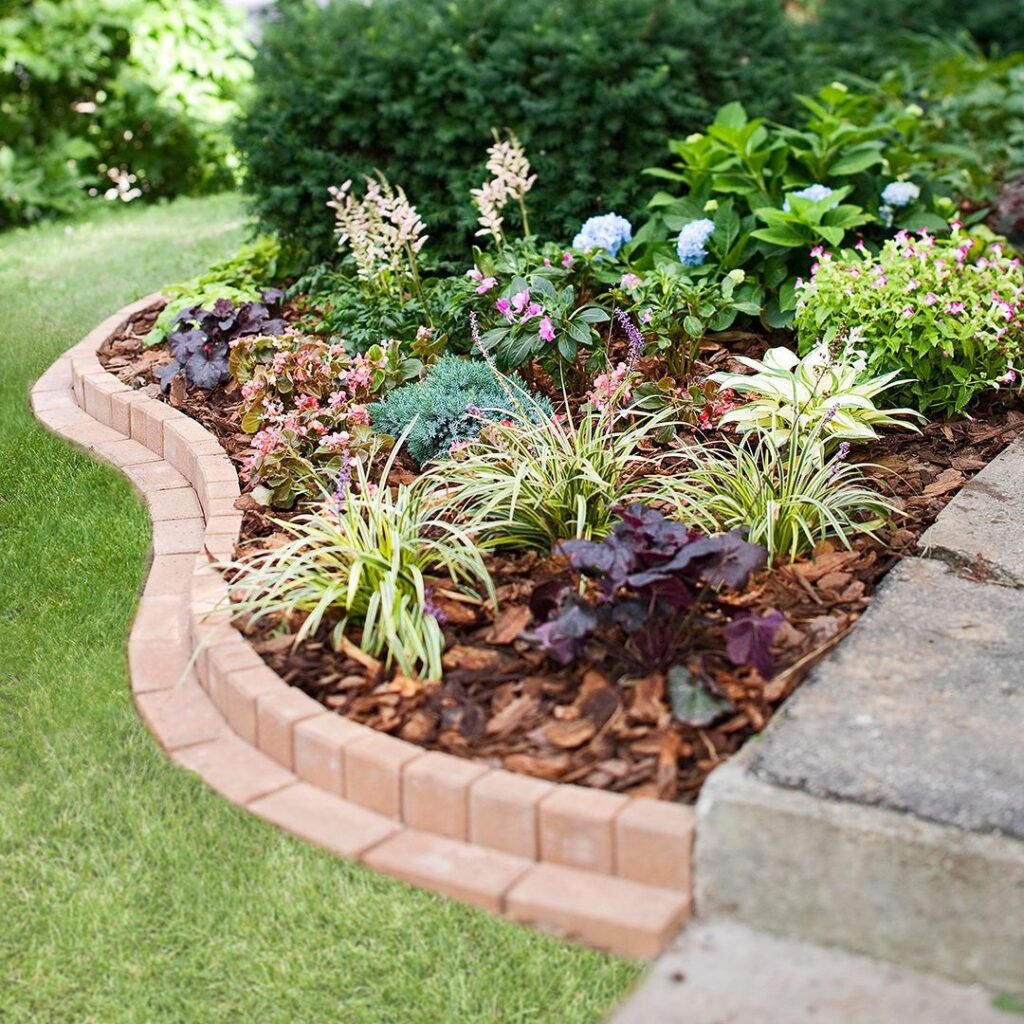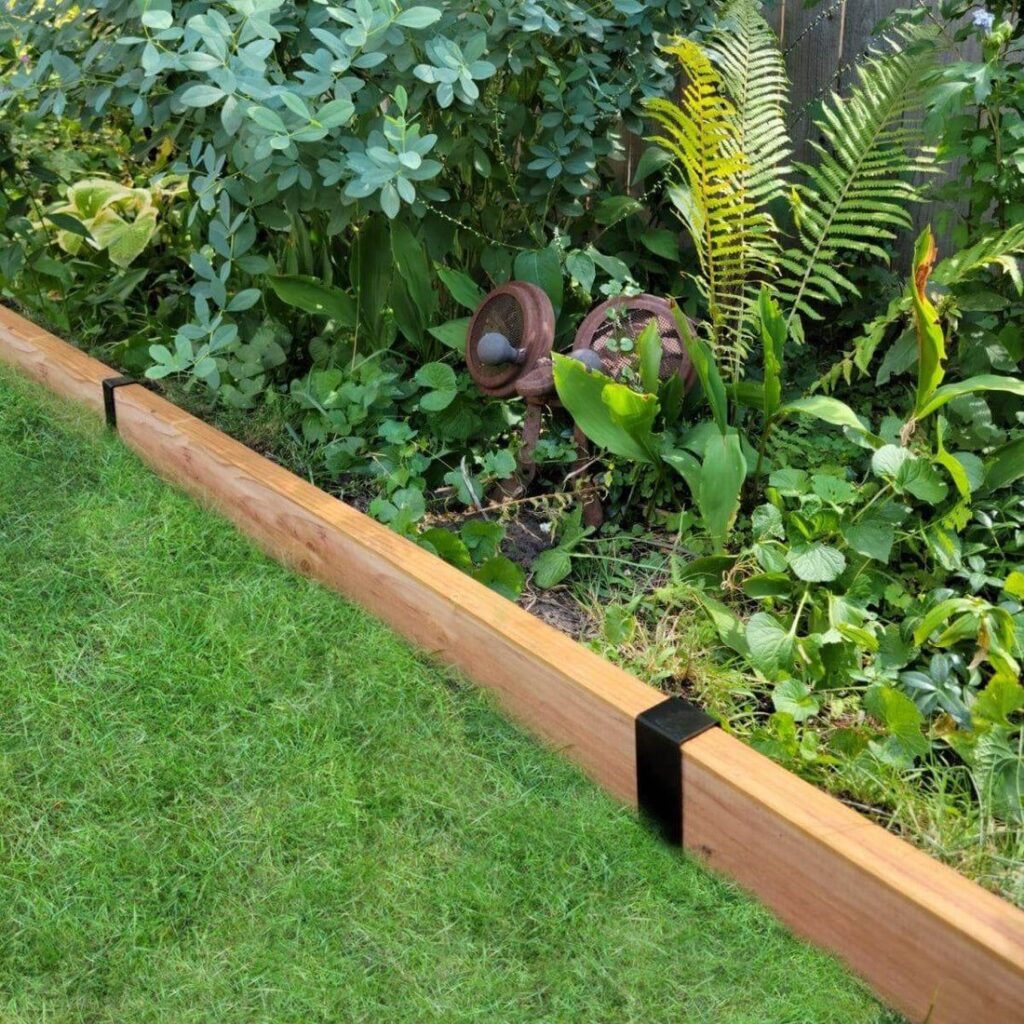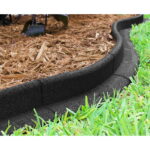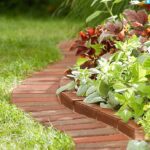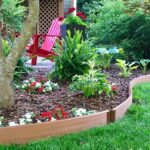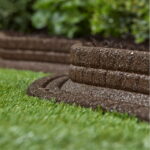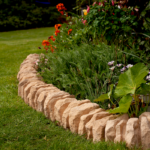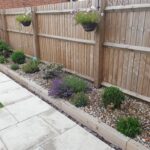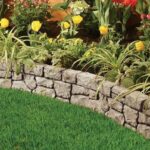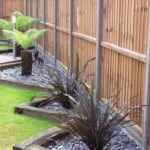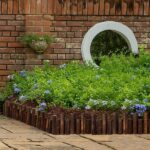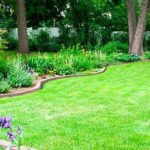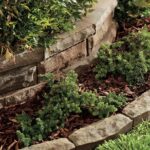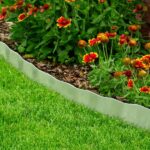Garden border edging serves several important purposes in a backyard or garden. One of the main reasons to install border edging is to create clean and defined lines between different areas of the garden. This helps to separate flower beds from the lawn, vegetable gardens from decorative areas, and pathways from planting areas. By clearly defining these spaces, garden border edging can help to enhance the overall aesthetics of the garden.
In addition to creating a neat and tidy appearance, garden border edging also helps to contain mulch, gravel, or other ground cover materials within the designated areas. This can help to reduce maintenance by preventing these materials from spreading onto the lawn or into other planting beds. Border edging can also help to prevent grass and weeds from encroaching into flower beds and pathways, reducing the amount of time and effort needed to maintain a pristine garden.
There are many different types of materials that can be used for garden border edging, including metal, wood, plastic, stone, and concrete. Each material has its own unique advantages and can be chosen based on the desired aesthetic, durability, and budget. Metal edging is a popular choice for a sleek and contemporary look, while wood edging can provide a more natural and rustic feel. Plastic edging is a cost-effective option that is easy to install, while stone and concrete edging offer durability and longevity.
When choosing garden border edging, it is important to consider the overall design of the garden and how the edging will complement existing elements such as plants, hardscaping, and outdoor structures. The height and width of the edging should also be considered, as this can impact the overall functionality and appearance of the garden border. For example, taller edging may be necessary to contain deep mulch beds or raised planting areas, while shorter edging may be more appropriate for defining smaller flower beds or pathways.
Installing garden border edging is a relatively simple and straightforward process that can be done by most homeowners with basic DIY skills. However, it is important to properly prepare the area by digging a trench, leveling the ground, and securing the edging in place to ensure a long-lasting and professional-looking finish. With the right border edging in place, a garden can be transformed into a beautifully organized and cohesive outdoor space that is both functional and visually appealing.
